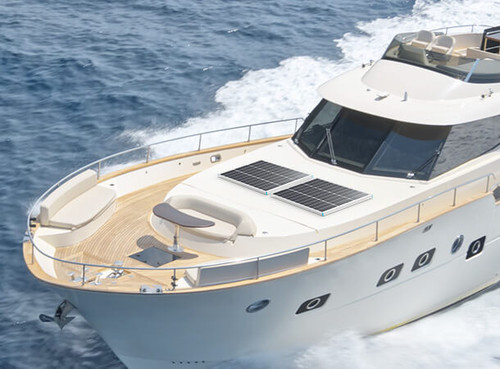


CE





Took 10 days to get here, but was worth the wait, they both arrived in one piece. Hooked them up on a nice clear sunny day was immediately getting 107 watts per panel and a consistent 214 watts with both of them hooked in series to my power station.
I have no dislikes for this product. It arrived well-packaged, and all parts were included. This is my second set of these.
Great deal for getting power to a shed, and it does the job just right.
As advertised. No issues with shipping. Packaged well with corner protection. Installation went well. Works as designed. Time will tell.
Easy to set up, works great, and I will definitely be doing business again.
These items arrived promptly and function perfectly.
These solar panels are easy to install, high quality, provide a strong power supply, offer excellent performance, are portable, and deliver amazing efficiency.
This solar system was easy to set up in my camper. I hope it works like I want it to when camping season comes around next year.
Great price and arrived quickly. Tested them out yesterday and they work great.